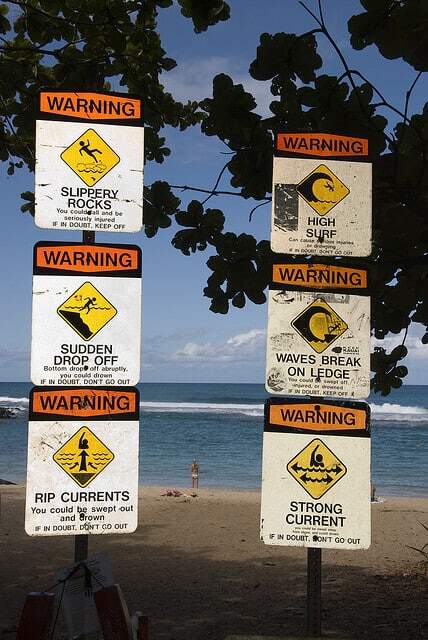
Before we jump into what prompted this post, let’s review some Hawaii water safety recommendations.
Ocean/Beach Safety
- Never turn your back to the ocean. When you are swimming or simply standing or walking by the shoreline, you never know when a strong wave might sneak up on you. The waves could appear to be predictable for many minutes before a rogue wave hits.
- Don’t swim alone or in isolated areas.
- If in doubt, don’t go out. If you aren’t sure of the conditions, don’t risk it.
- Where possible swim at beaches with lifeguards. You can find beaches with lifeguards at this link.
- Check posted safety signs.
- Avoid swimming at night, dawn and dusk. That’s when sharks tend to be the most aggressive and active.
- On Oahu, box jellyfish usually arrive to the south shore approximately 7 to 11 days after the full moon of each month. For Oahu, check this Box jellyfish arrival prediction calendar.
- Review this additional beach and ocean safety information and check conditions at Hawaii Beach Safety
- Wear a flotation device when kayaking, snorkeling, canoeing, etc.
- Don’t swim in brown water as it could be contaminated.
The Hawaii Tourism Authority created the following video with useful advice from experts on Hawaii ocean conditions. It’s under a minute long and worth the watch.
Waterfall and Stream Safety
- At waterfalls, don’t go beyond guard rails.
- Look upstream towards the mountains and check for rain-like conditions. Flash floods can occur in Hawaii without warning. I experienced a flash flood at Waimoku Falls and it was frightening. In the blink of an eye, the water flow tripled. We had to cross that stream to hike back to our car. A few other visitors were there at the same time. We all wondered if we’d be trapped until the water flow subsided. We didn’t know if conditions would get worse. We all looked after each other as we crossed the stream. I prayed and held on to large rocks standing high above the waterline for dear life as I crossed. I thank God I survived!
- Be aware that rocks below the water’s surface can be invisible and extremely slippery. Resist the urge to dive in.
- Occasionally rocks are swept in streams and plunge from waterfalls and you don’t want to be under the flow when that happens.
Now, what prompted this post? A twitter pal from the San Francisco Bay area alerted me to her local news coverage of the ocean dangers around Hawaii — particularly in Kauai. Sadly, 11 people drowned in Kauai this year alone — with three of those victims being from the Bay area. Here are the two news segments:
Part one – Dangerous Hawaii Destinations Revealed
Part two – Addressing Hawaii’s Dangerous Destinations
In my opinion, Hawaii does a great job of posting signage about the dangers at each beach. It’s up to the beachgoers to heed the warnings. However, many visitors are easily distracted by the beauty of the ocean. Do you know the phrase you don’t know what you don’t know? I definitely think that applies to many Hawaii visitors. So, now that you know a little more about some of the dangers in Hawaii’s waters, look for signage, politely ask for advice and as always, when in doubt, don’t go out!
Have you ever had a close call in Hawaii’s waters?
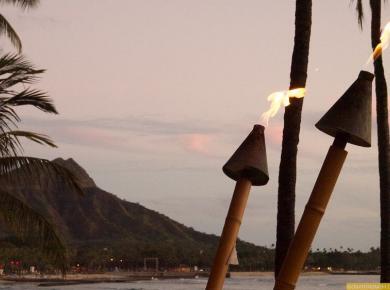

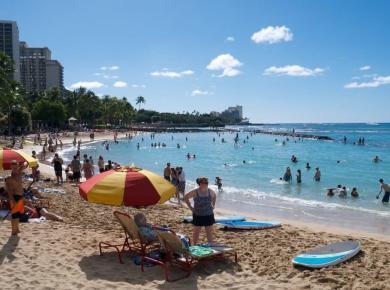
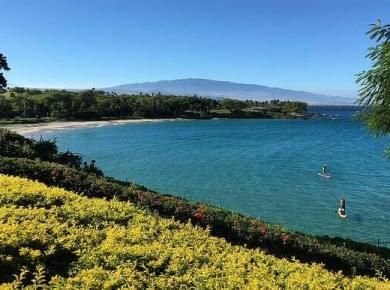
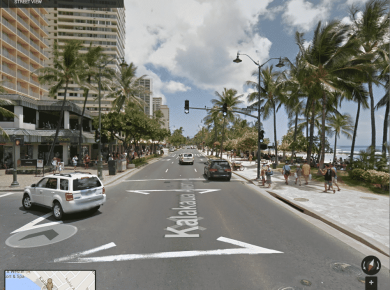

3 comments
Here are a couple of more tips.
Drowning Doesn’t Look Like Drowning
http://www.itstactical.com/medcom/medical/the-instinctive-drowning-response-drowning-doesnt-look-like-drowning/
Drowning doesn’t look like it does on TV
http://www.abc2news.com/dpp/news/local_news/investigations/drowning-doesn%27t-look-like-it-does-on-tv#ixzz2TU2ghCVd
How to survive a Rip Current (Rip Tide)
http://www.nws.noaa.gov/ripcurrents/multimedia/RIP%2060s%20.wmv
http://www.youtube.com/watch?v=4peeulD5vSU
If you get stuck in a current and are being swept out to sea…
1) Do not struggle against the current.
Most riptide deaths are not caused by the tides themselves. People often become exhausted struggling against the current, and cannot make it back to shore.
2) Do not swim toward shore.
You will be fighting the current, and you will lose.
3) Swim parallel to shore, across the current.
Generally speaking, a riptide is less than 100 ft. wide, so swimming beyond it should not be too difficult.
4) If you cannot swim out of the riptide, float on your back and allow the riptide to take you away from shore until you are beyond the pull of the current.
Rip currents generally subside 50 to 100 yards from shore.
Once the riptide subsides, swim parallel to shore and then back to shore.
Are water sports open in October?
As long as the ocean conditions are favorable, there are water sports all year long in Hawaii.